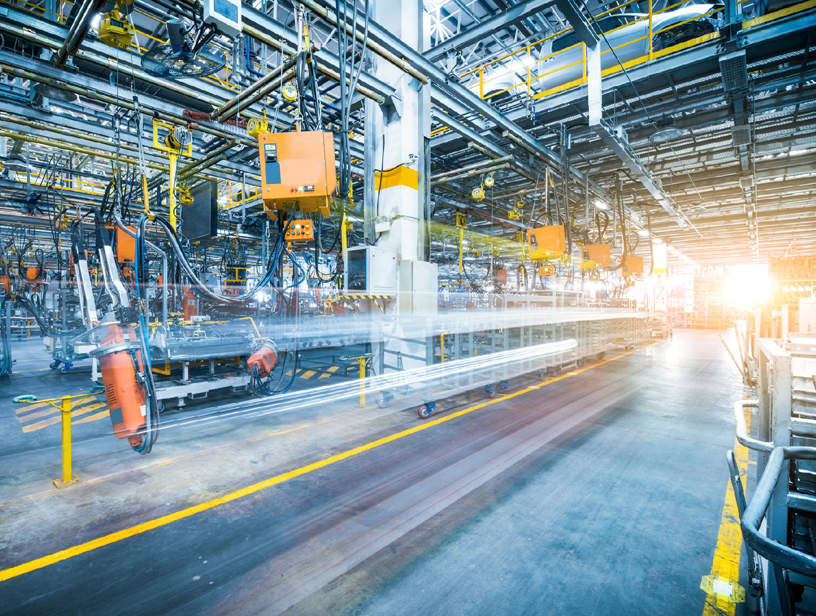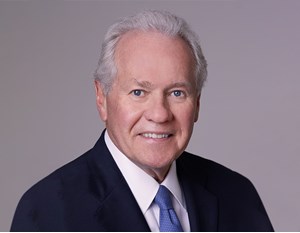Industrial Thrives
Says CommercialEdge
Industrial real estate continues to see strong rent growth and high demand, driven by pandemic-prompted online shopping trends. Industrial rents averaged $6.44 per square foot in January, a 5.1% increase over the last 12 months, according to a new CommercialEdge Industrial National Report. Even as vaccinations ramp up and more people return to more normal-looking […]


